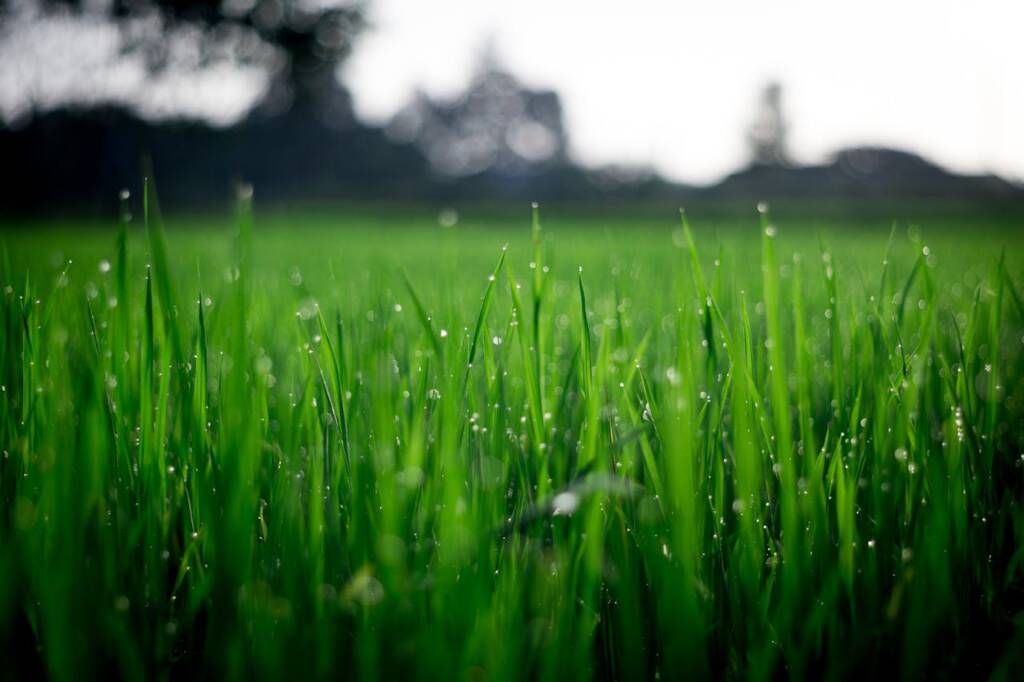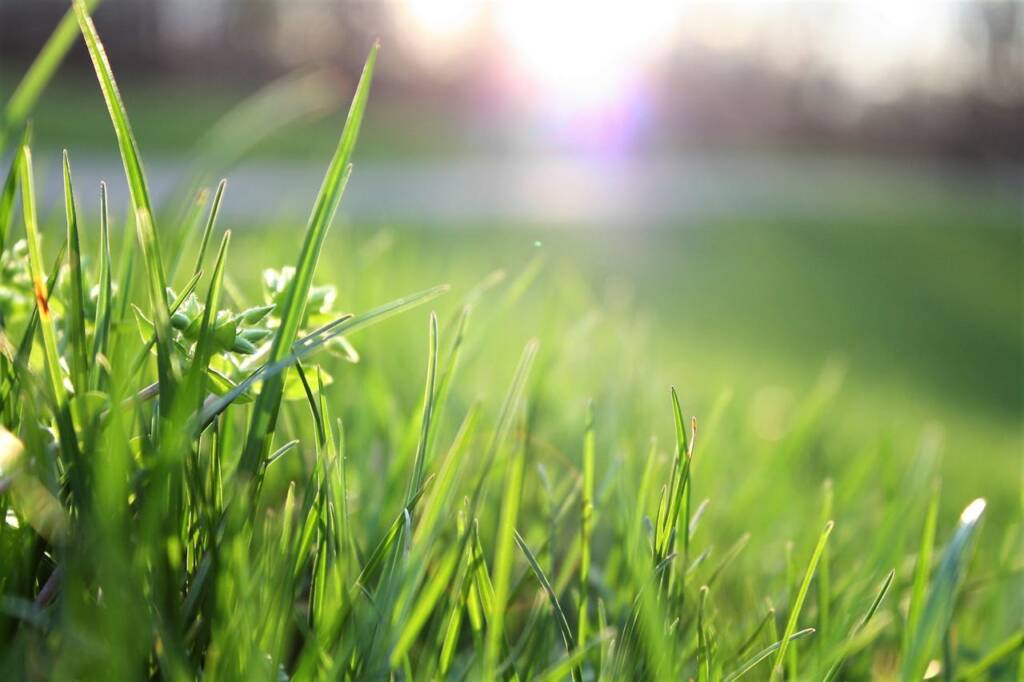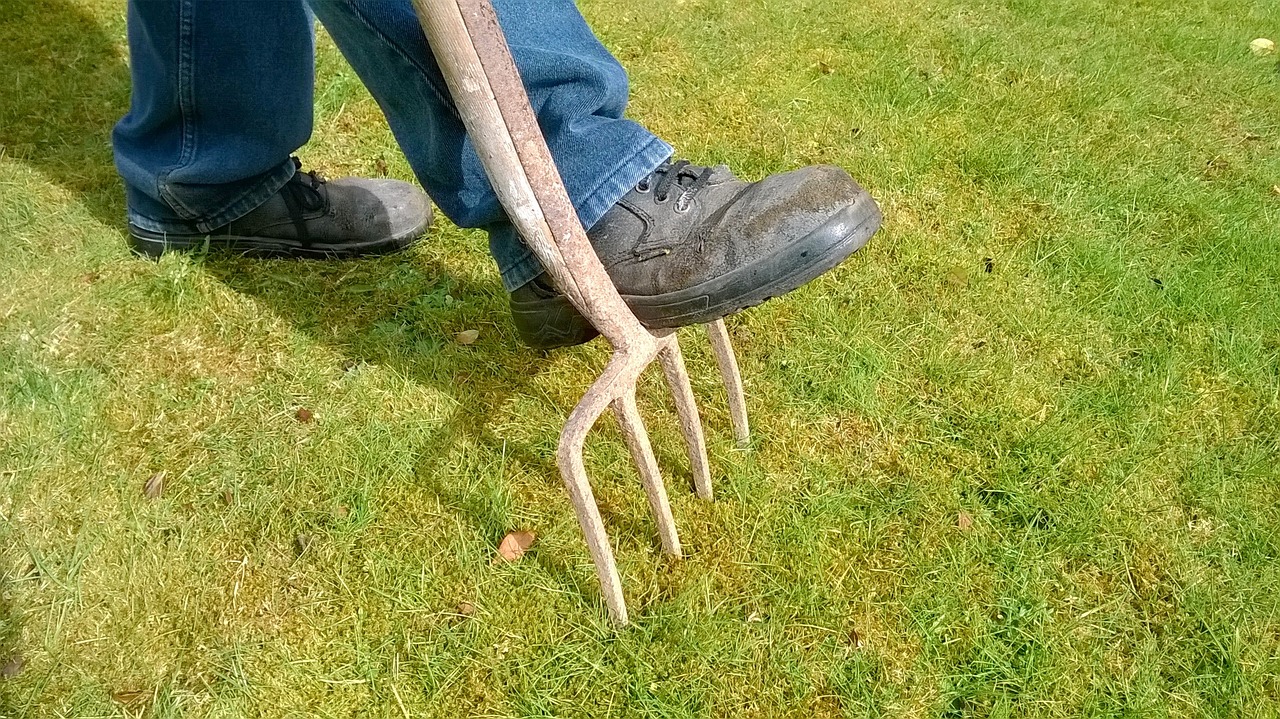When you decide to aerate a lawn, this involves strategically perforating holes in the yard. Then, small plugs of thatch and soil are removed. Why? This thatch and soil aeration allows water, air, and fertilizer to permeate the soil sufficiently. Your lawn can then breathe, which enhances the growth of deeper roots—with the result being the beautifully lush and green lawn of your dreams.
In other words, thatch builds up on your lawn, causing your soil to become so compacted it cannot absorb the necessary water, nutrients, and oxygen. Soil compaction occurs mostly on the surface, and it only takes a thin layer of compaction—that’s one-fourth to one-half of an inch—to cause problems. This layer reduces how much oxygen can circulate below the surface and limits the ability of plants, such as your grass, to obtain enough nutrients.
Now, let’s get into the nitty-gritty of thatch buildup. Thatch is a layer of loosely compiled organic material in the lawn, both living and dead. This can include stems, roots, shoots, and so forth. When this debris accumulates more quickly than it organically breaks down, too much thatch can pile up. Once there’s a layer of more than one inch, it becomes a problem. It holds onto excess water, which makes it more challenging for oxygen to reach the roots of your turf. This also creates an environment that’s more favorable to lawn pests (including grubs and chinch bugs) and lawn fungi (think: brown patch and dollar spot fungi).
Aerating your lawn addresses those problems through the root causes of soil compaction and thatch buildup (see what we did there?) and beautifies your yard.
When Lawn Aeration is needed
Lawn aeration performed in late winter, late spring, or fall helps control lawn thatch. The best time to aerate your lawn should be when the grass is at its peak growing period so it can recover quickly after the process. Here are two rules of thumb:
- Aeration for warm-season grasses, such as Bermudagrass, is best done in the late spring or early summer.
- For lawns planted with cool-season grasses (such as Kentucky bluegrass), February (into the first week of March before spring hits) or fall is the best time for core aeration.
Typically, if you don’t see any issues with your lawn, you can aerate it every two to three years. However, annual aerating may be necessary for high-traffic areas or if your lawn grows in heavy clay soil.


With Yarded Out, you will never have to worry about because we will make sure that your yard is healthy and greener than ever with our expertise in lawn aeration.




